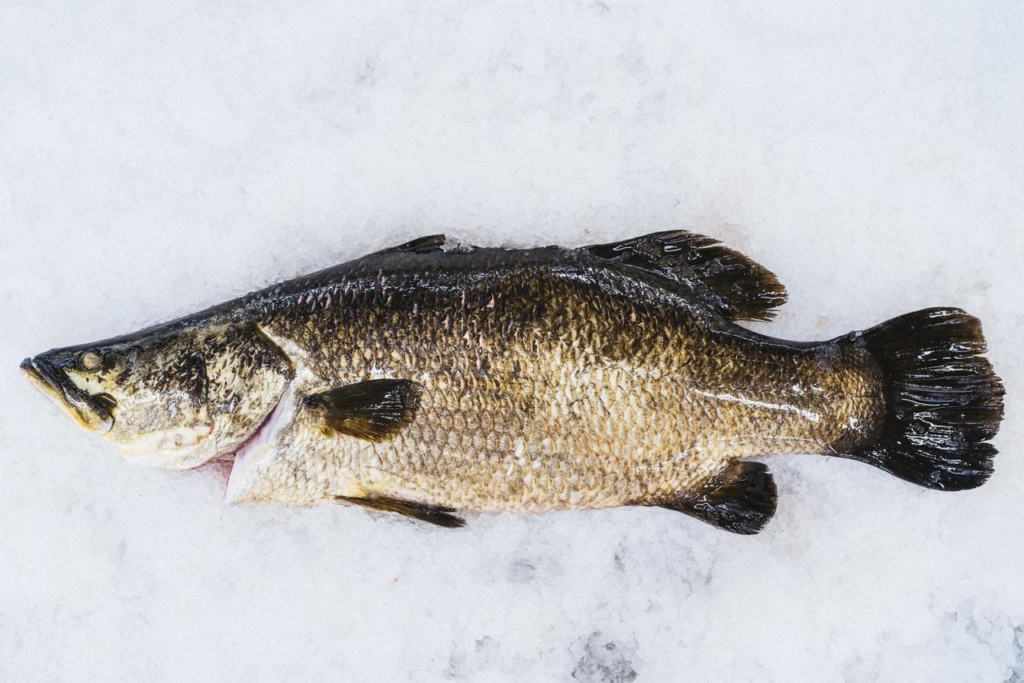What in the World is a Seabass?
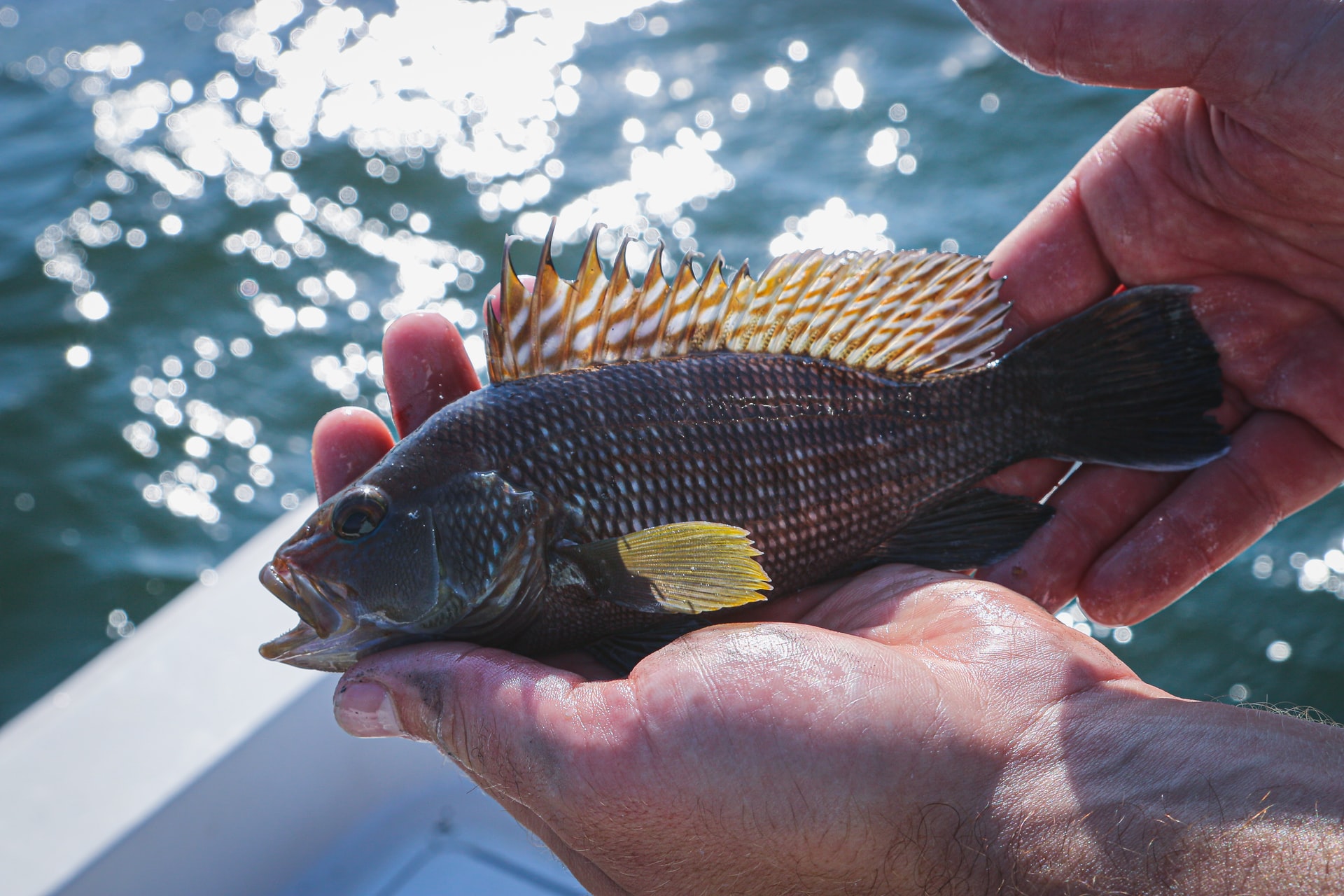
Seafood shoppers face a confusing variety of market, local, and scientific names for fish. Among the terms faced by consumers are bass and seabass. We’ve assembled some information on different types of seabass to help you navigate these waters and make a more informed decision next time you visit the market.
What Makes a Seabass?
Unlike salmon, seabass are not necessarily closely related as the term is applied to several species which share certain attributes. The various fish we call seabass generally share an elongated body shape, large head and mouth, tight scales, and a broad, fork-less tail. Seabass also spend some portion of their lifecycle in the ocean.
On the plate, seabass have a mild, sweet flavor with meat that turns white when cooked. Some species are known for high levels of omega-3’s, but most are not considered oily from a culinary perspective. However if you are looking for quality seafood as a source of Omega-3—and you should be—there are species of seabass, like Barramundi, that fit the bill.
Click here to find a store near you that carries The Better Fish® Barramundi!
European Seabass
The European seabass (Dicentrarchus labrax) are silvery grey and live in the coastal waters of Europe and North Africa. As European seabass have become increasingly popular, most product comes to market from farms in Greece and Turkey. European seabass is sold under various names including Mediterranean seabass, branzino, and loup de mer. In the UK it is sold as European seabass whereas in US, it’s most frequently sold as branzino (branzini, plural) and many restaurants serve them whole.
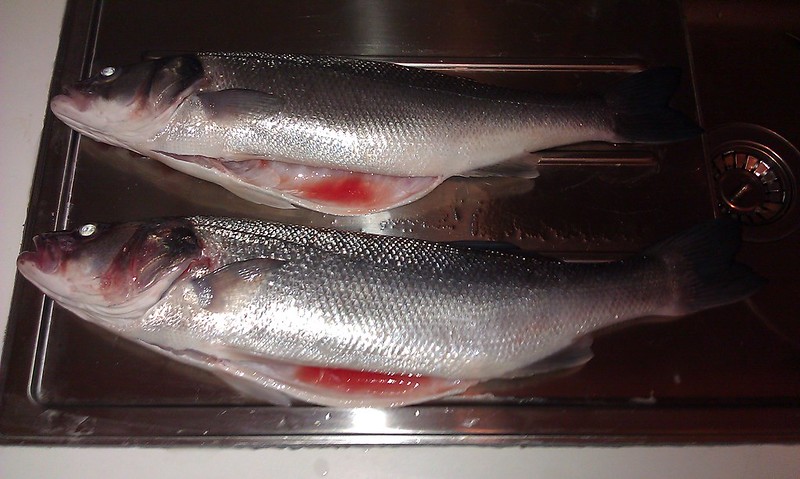
Striped Bass
The striped bass (Morone saxatilis), is a large schooling species of seabass native to the East Coast of North America. Striped bass are anadromous, spawning in lakes and rivers. The distinctive dark stripes along their sides are why these seabass are often called “stripers.” Striped bass also go by various regional names like rockfish or line-sides. Locally caught striped bass are a frequent summer item at seafood markets and restaurants. However, half of the striped bass consumed in the US is farm-raised.
Hybrid Striped Bass
While some farm-raised seabass are true stripers, most are hybrid striped bass. The hybrid fish are a cross between striped bass and white bass (Morone chrysops)— also known as “wipers.” These fish are raised in freshwater ponds, with varying quality, taste, and lower oil content than true striped bass. Consumers can identify hybrid bass by their distinctive “broken stripes” pattern and deeper body shape.
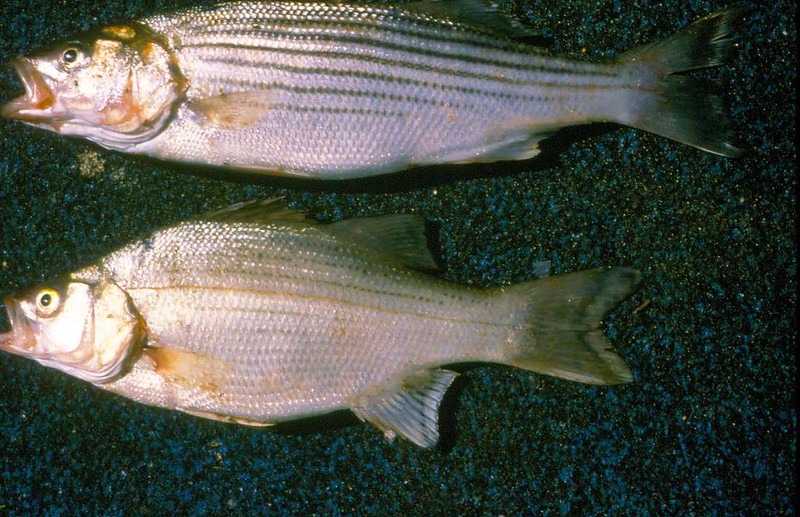
Black Seabass
The black seabass (Centropristis striata) is found on the East Coast of North America is part of a family that mostly include species of grouper. These small, black-scaled seabass are a popular sport fish. Commercially, black seabass are usually caught on hooks or in fish traps. Black seabass is a firmer fleshed fish than striped bass, with less oil, but has a similar mild flavor.
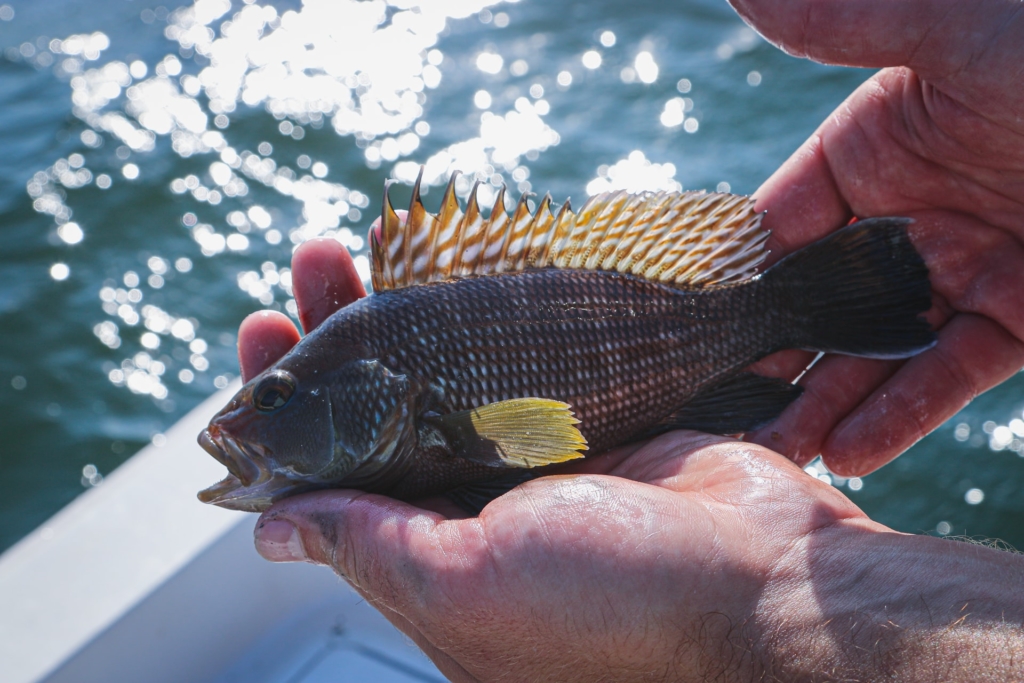
Chilean Seabass
A poster child for seafood rebranding, Chilean seabass (Dissostichus eleginoides) is not closely related to any of the other seabass species and very little originates in Chilean waters. This fish is more correctly known as Patagonian toothfish, a large, deep water species. Another related species, the Antarctic toothfish (Dissostichus mawsoni) is also sold as Chilean seabass.
Questions about sustainability have made Chilean seabass a polarizing subject, but demand remains strong. Chilean seabass is known for its brilliantly-white flesh, large flake and high oil content. Due to the distant fishing grounds and catch methods, nearly all Chilean seabass is frozen-at-sea (FAS) and then “refreshed” before sale.
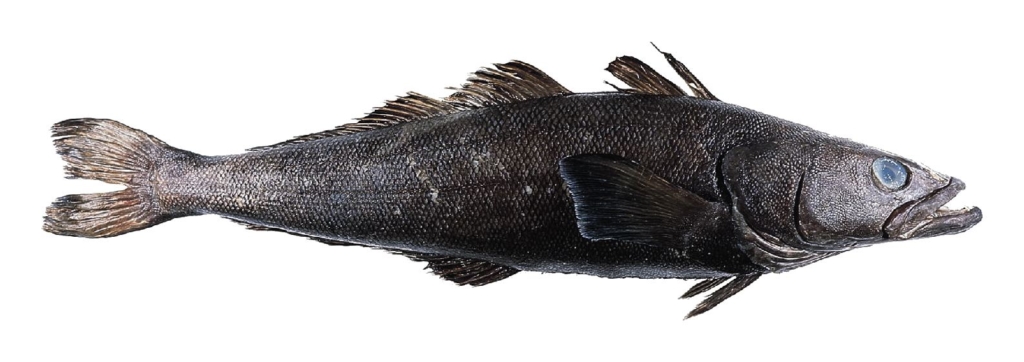
Barramundi (Asian Seabass)
Barramundi (Lates calcarifer) is the Australian aboriginal name for Asian seabass; a term that means “large scaled fish.” Barramundi spawn in estuaries are able to live in both fresh and saltwater environments.
When British scientists first encountered Barramundi in Southeast Asia they noted its similarity to European seabass and named it “Asian Seabass.” This history remains very much alive today throughout Southeast Asia where it’s broadly known as “seabass.” Organizations like Australis have discovered that this hardy and adaptable species is ideally suited for sustainable aquaculture, without the pitfalls associated with other fish species.
Barramundi cooks up white with a mild, sweet flavor, and thanks to its relatively high oil content, the flesh stays moist regardless of cooking method. American consumers have started to discover the delicious taste and versatility of Barramundi and it continues to be Australia’s most popular fish. The health benefits and user-friendliness of Barramundi, its year-round availability, affordability and sustainability makes this seabass a must buy.
